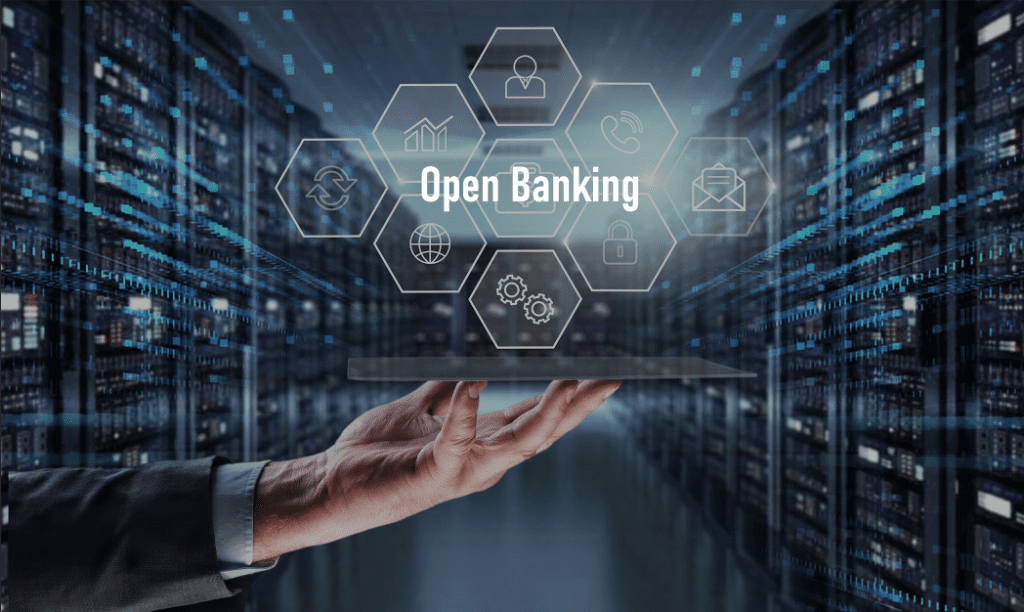The niche world of payments has been making headline news this year, particularly when it comes to open banking. First there was the widely-publicized collapse of Visa’s $5.3 billion bid to buy Plaid in January, followed by its subsequent $2.2 billion move to acquire Tink, announced this summer.
Then the Biden administration issued an executive order on July 9 encouraging the Consumer Financial Protection Bureau (CFPB) to create rules that make it easier for consumers to transfer bank account data across financial institutions. That data transfer — where competitive third-party providers, with customer consent, access bank account data through APIs — is fundamental to open banking’s widespread adoption. The APIs enable those providers to offer new financial services and products with fast, elegant user experiences.
Two things are abundantly clear from these developments: the American government strongly supports the competition that open banking is designed to spark, and it’s starting to take a more active role in fostering this. But, while it seems like the dream is coming into focus, reality is more complicated. The U.S. financial landscape is tangled, and the regulatory push that now seems hopeful may take years to achieve amid the nation’s intense economic and political divisions.
Open banking’s slow burn in the U.S. could become a transforming conflagration for the financial sector, but the superpower must first find a way through at least three major challenges.
A tangle of closed systems
American businesses and consumers currently use an unruly mix of legacy and emerging technologies to make payments and manage money, largely driven by diverse private sector interests. First, there are credit cards, ubiquitous with their high fee structures for merchants and consumers. Debit cards are tremendously popular, too, and like credit cards, carry merchant transaction fees, albeit cheaper ones.
For several years, fintechs have offered low- to no-fee, instant money transfer and management options but have mostly leveraged screen scraping to do it. That process, which forces customers to hand over log-in credentials to third-party providers, can make sensitive data more vulnerable to fraudsters if it’s poorly managed. In the last couple of years, banks and fintech providers have rolled out partner APIs, generally more secure than screen scraping but created in a closed way by myriad private agreements within the U.S. financial sector. ACH partner APIs are now abundant, but most are new, and they vary in quality.
And what about instant, no-fee bank-to-bank money transfer apps? Zelle, owned by seven American banking giants, reminds customers that different banks have different rules regarding protections and amounts and whether small businesses can even enroll.
These myriad, industry-led approaches all exist in a context of enormous scale. The mix and the sheer size of the U.S. banking and financial services sector — the number of bank ecosystems, range of business and technical processes, variety of payment and account instruments, and individualized rules crafted within complex partner contracts — slow U.S. open banking adoption.
A lack of potent federal regulation
While the Biden executive order is a start, there’s a long road ahead for the U.S. to reach the comprehensive regulatory protections of consumer data established by Europe’s GDPR and protection of open banking competition embedded in PSD2. Both laws have provided certainty for businesses operating in the European market, not to mention pressure to get things right with secure, widely available, standardized open APIs. Asia-Pacific banks, businesses and consumers, too, have benefited heavily from Singapore’s legislation and the taxonomy of bank API functionalities — largely considered the region’s ‘gold standard’ — published by its MSA.
Meanwhile, while starting to talk a good game around regulation, the U.S. has in recent years largely deferred to the private sector to negotiate conflicts over consumer data — without consumers in the equation. GDPR’s global popularity and the lack of a comparable U.S. federal law have helped reveal how little practical power Americans have over their own financial data. The faster the U.S. government can provide certainty for business around the rules for competition and data protection, the faster open banking will be adopted.
A need to educate consumers
A 2021 Financial Behavior Survey from GoCardless of 1,000 consumers revealed that 70% of Americans have never heard of “open banking” per se. But, when they understood its meaning, over half (54%) of Americans said they are willing to provide financial information if it means a faster, more seamless checkout experience, with Millennials especially willing at 73%. Like many technologies, the average Joe won’t care about how clever it is — the key is educating the public on which problems open banking can solve.
As consumers learn more, they also will demand better practices. Outside of the financial industry, few Americans know the difference between screen scraping technology and standardized open APIs. But the tide may be turning, and demand for APIs will likely increase as consumers hear about its benefits.
The U.S. government, fintechs and banks together should direct their energy to meet each of these challenges creatively. Those developing open banking are carrying the torch of global finance forward into a more connected, data-driven future.
